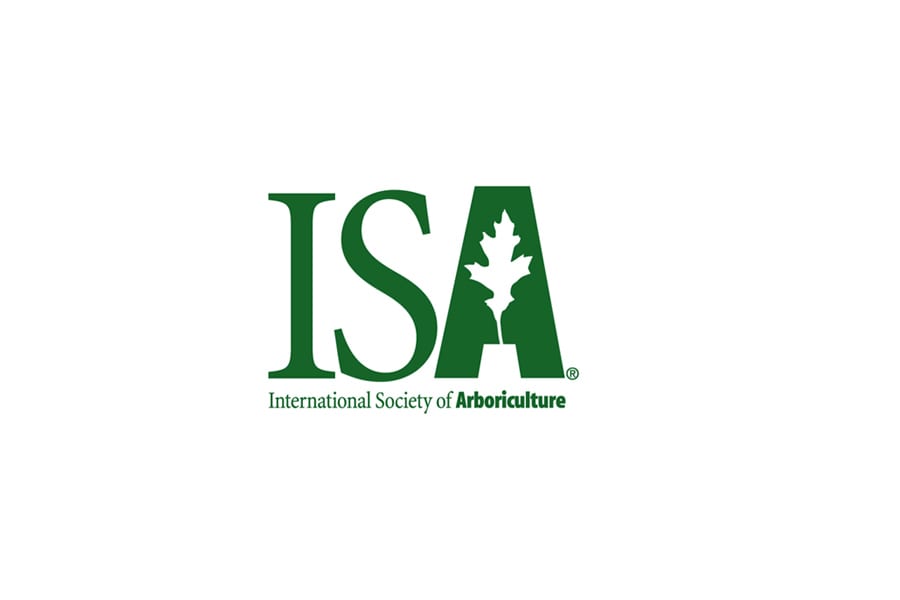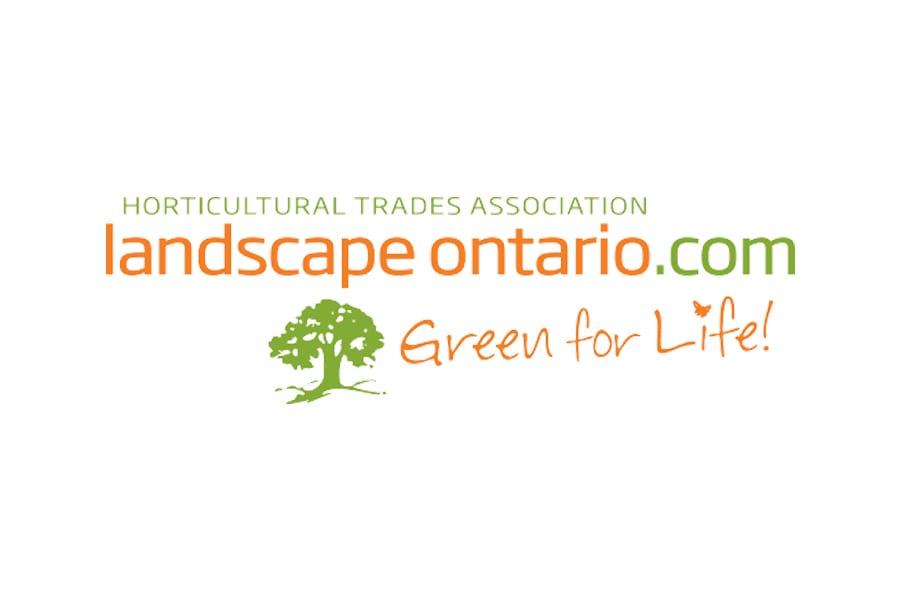
- Jun 10, 2016
- Dreamworks Tree Services
- Structural Reinforcement / Cable & Bracing
- 0 Comments
Benefits of Cabling and Bracing Trees
Cabling and Bracing Serve Different Purposes but Can Offer Similar Outcomes
Mature trees can often be a source of protection for people, property, and wildlife. Trees may serve as a natural sunblock for those who want to be outside on a sunny and warm day, as a shield against the blowing winter snow, and as a refuge for birds and squirrels.
But sometimes, it is the trees that need some man-made protection in order to preserve their health, structural integrity, and overall lifespan, as well as the safety and property of the homeowner. Weaknesses in the condition of a tree may be due to:
- Age of tree
- Type of wood
- Growth pattern
- Weight of branches
- Inadequate tree care
- Wind or storm damage
- Infestation (insects/disease)
As a result of one or more of the above situations, trees may display the following signs that there is a health risk or that they are unable to support their own weight:
- Visibly leaning or listing to one side
- Cracked, broken, or sagging branches
- Splits in the trunk or at branch junctions
- Unnatural/exaggerated swaying during high winds
- Audible creaking/cracking under the weight of snow/ice
For any such cases, the tree care specialists from DreamWorks Tree Services in Uxbridge can offer expert cabling and bracing services. Fundamentally, cables and braces provide added structural support for trees by restricting the movement of their branches in high or higher wind conditions.
The differences between cabling and bracing a tree can be summarized as follows:
-
Cabling
- Cabling is reserved for the upper canopy of a tree
- Entails installation of steel rods between major branches
- Reallocates structural stress among these connected branches
- Still allows some swaying or natural movement for these branches
- Decreases risk of potential damage during severe weather conditions
-
Bracing
- Bracing is most commonly employed in the lower regions of a tree
- Involves invasive installation of steel rods above/below damaged area
- Aids in securing splits/cracks in tree trunk or at major branch junctions
- In most instances, tree bracing is used in combination with tree cabling
- A more rigid application (more restrictive re: branch swaying/movement)
 When a tree appears, or sounds, like it might be in distress, property owners can rely on the knowledge and experience of DreamWorks Tree Services to diagnose the issue and recommend the best course of action. The process will begin with an assessment of the structural soundness of the tree, i.e. the root system, extent of decay or infestation etc., followed by a determination of the benefits of cabling and bracing services versus tree removal.
When a tree appears, or sounds, like it might be in distress, property owners can rely on the knowledge and experience of DreamWorks Tree Services to diagnose the issue and recommend the best course of action. The process will begin with an assessment of the structural soundness of the tree, i.e. the root system, extent of decay or infestation etc., followed by a determination of the benefits of cabling and bracing services versus tree removal.
Cabling and Bracing Require Strategic Rod Placement and Follow-Up Inspection
Cabling and bracing of a tree is usually employed for one of three fundamental reasons:
- To prevent possible damage
- To alleviate existing damage
- To restore structural integrity
The application of these techniques should be left to a tree care professional such as a qualified arborist from DreamWorks Tree Services; this specialist is fully knowledgeable and trained to ascertain the appropriate approach for the task at hand, and in the proper placement of the steel rods. Furthermore, this DreamWorks Tree Services team member can capably perform follow-up inspections to determine the effectiveness of the cabling and bracing and whether any adjustments may be required to achieve the desired result.
For more information on cabling and bracing services, as well as the full spectrum of tree care from DreamWorks Tree Services, visit Our Services page.
If you suspect any issues with the health, safety, and/or structural integrity of trees on your property, call the professional tree care service providers from DreamWorks Tree Services in Uxbridge today at 647-924-2627 or contact us to book a free consultation with our qualified arborist.












